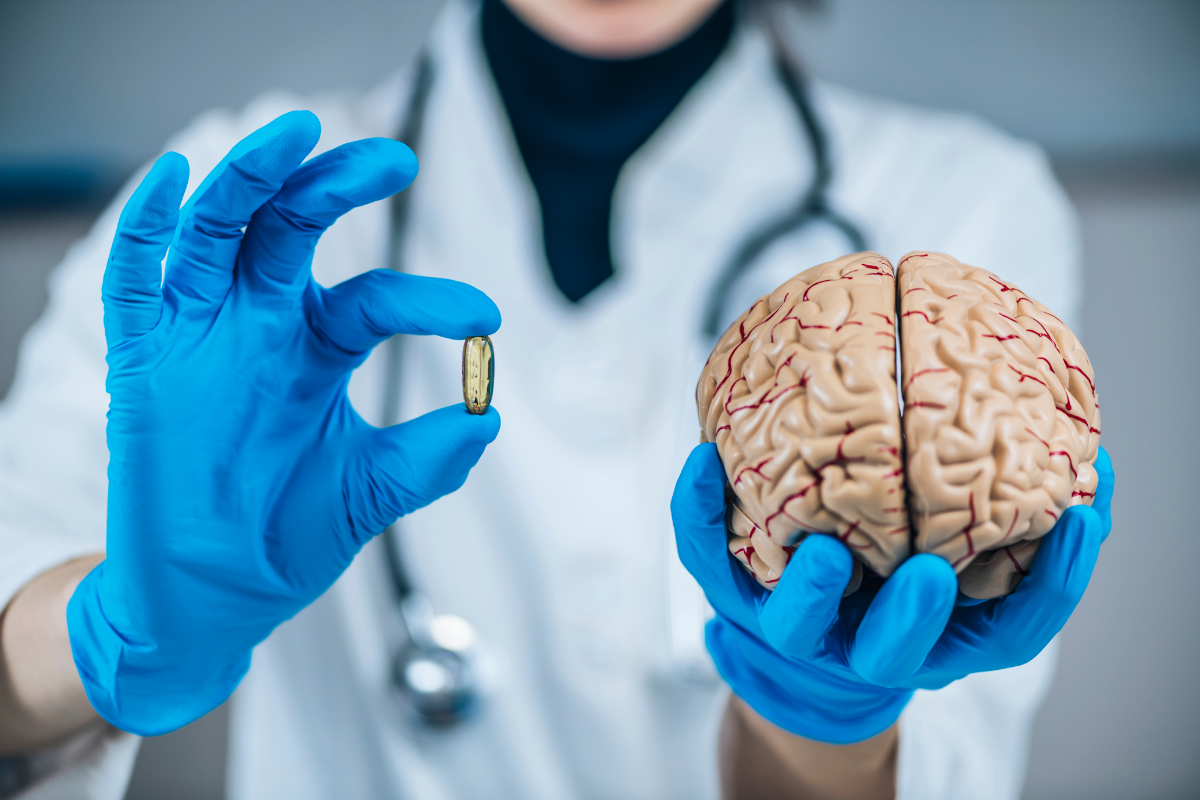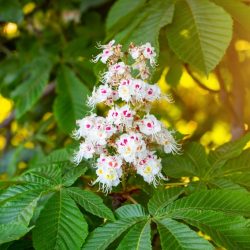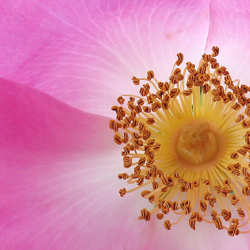Bach flowers, created in the 1930s by Dr Edward Bach, are flower essences designed to treat emotional imbalances such as fear, uncertainty or stress. Based on a holistic approach, Bach believed that healing primarily required emotional balance, with physical illnesses seen as manifestations of internal disorders. Despite their worldwide popularity, Bach flowers are still the subject of debate. While their proponents boast of emotional benefits without side effects, their detractors point to the lack of rigorous scientific evidence. Several studies suggest that their effectiveness may be due to a placebo effect, linked to the conviction of their users.
What is the placebo effect?
The placebo effect refers to an improvement in a patient’s state of health following the administration of a treatment with no specific active ingredient. Used in clinical trials as a control to assess the real efficacy of drugs, the placebo effect appears, in some cases, to induce biological and psychological responses similar to those observed with an active treatment. This effect is based on two main mechanisms: Pavlovian conditioning and patient expectation. The first refers to a learned response, similar to Pavlov’s famous experiment in which a conditioned stimulus (such as an inert tablet) produces a biological response. The second is based on the patient’s anticipation, convinced of the efficacy of the treatment, which can activate neurobiological processes.
Neuroscience research, in particular using brain imaging, has revealed that the placebo effect leads to changes in specific areas of the brain. These changes are linked to the release of dopamine and endorphins, the neurotransmitters responsible for feelings of pleasure and well-being. For example, in patients with Parkinson’s disease, administration of a placebo triggered a release of dopamine in the striatum, an area involved in motor control, mimicking the effect of dopaminergic treatment.
The placebo effect is particularly noticeable in the treatment of pain,anxiety and depression, with a response rate of up to 30-50% in patients. However, the variability of this effect, as well as the absence of a clear profile of ‘responder’ patients, makes its use more complex. Several factors influence the intensity of the effect, such as the patient-physician relationship, the patient’s expectations and the context in which the treatment is administered. Although the underlying mechanisms of the placebo effect are still only partially understood, its existence, observed in numerous studies, highlights the importance of psychological factors in the response to treatment
What are the principles of Bach Flower Remedies?
Bach flowers represent an alternative approach to health, aimed at treating emotional imbalances through flower essences. Created by Dr Edward Bach in the 1930s, these 38 natural remedies act on various negative emotional states, such as fear,uncertainty, sadness or stress. Unlike physical treatments, Bach flowers seek to rebalance the emotions and promote psychological well-being.
Bach firmly believed that physical illnesses were the result of unresolved emotional disorders. For him, healing had to begin with inner harmony. Inspired by homeopathy and his own observations, he developed an intuitive method for selecting plants according to their ability to restore this balance. The flowers are prepared by solarisation, a process in which the petals macerate in water exposed to the sun, or by boiling, depending on the plant used.
Each flower elixir corresponds to a specific emotional state and is divided into seven families, such as fear or loneliness flowers. The most famous of these remedies, Rescue Remedy, combines several flowers to treat emotional emergencies.
Although their scientific effectiveness is debated and often attributed to a placebo effect, Bach flowers continue to be used worldwide to soothe emotional blockages. Dr Bach believed in a holistic approach, integrating the emotional, mental and spiritual aspects of the patient. This vision continues to guide the use of his elixirs, which remain popular for their simplicity and accessibility.
What do the clinical studies say?
Research on Bach flowers mainly shows a placebo effect, reinforced by the introspection and attention of the practitioner. The process of selecting remedies and taking the elixirs, perceived as a relaxing ritual, helps to improve patients’ emotional state. However, clinical trials carried out on adults and children have not demonstrated any effect beyond the placebo effect.
According to Professor Edzard Ernst, an expert in complementary medicine, rigorous studies on Bach flowers do not support the hypothesis of an effect greater than that of a placebo. For example, a 2005 study concluded that Bach flowers were ineffective in treating hyperactivity in children. These results underline the fact that the effectiveness of flowers depends largely on belief and the psychological impact of the ritual of taking them.
In modern medicine, treatments must prove their efficacy through rigorous clinical trials, respecting criteria such as randomisation and double-blinding. However, the majority of studies on Bach flowers do not meet these requirements, limiting their scientific credibility. Despite a few trials suggesting efficacy, most have shown no significant difference compared to placebo.
The main argument against these clinical trials is that Bach Flower Remedies require a personalised treatment, adapted to the specific emotions of each patient, which makes it difficult to assess them in a standardised way. However, even in trials where the remedies were individually adjusted, the results are still insufficient to conclude that they are truly effective.
So, despite their popularity, Bach flowers continue to provoke debate, between those who defend their beneficial placebo effect and those who call for more solid scientific evidence.





